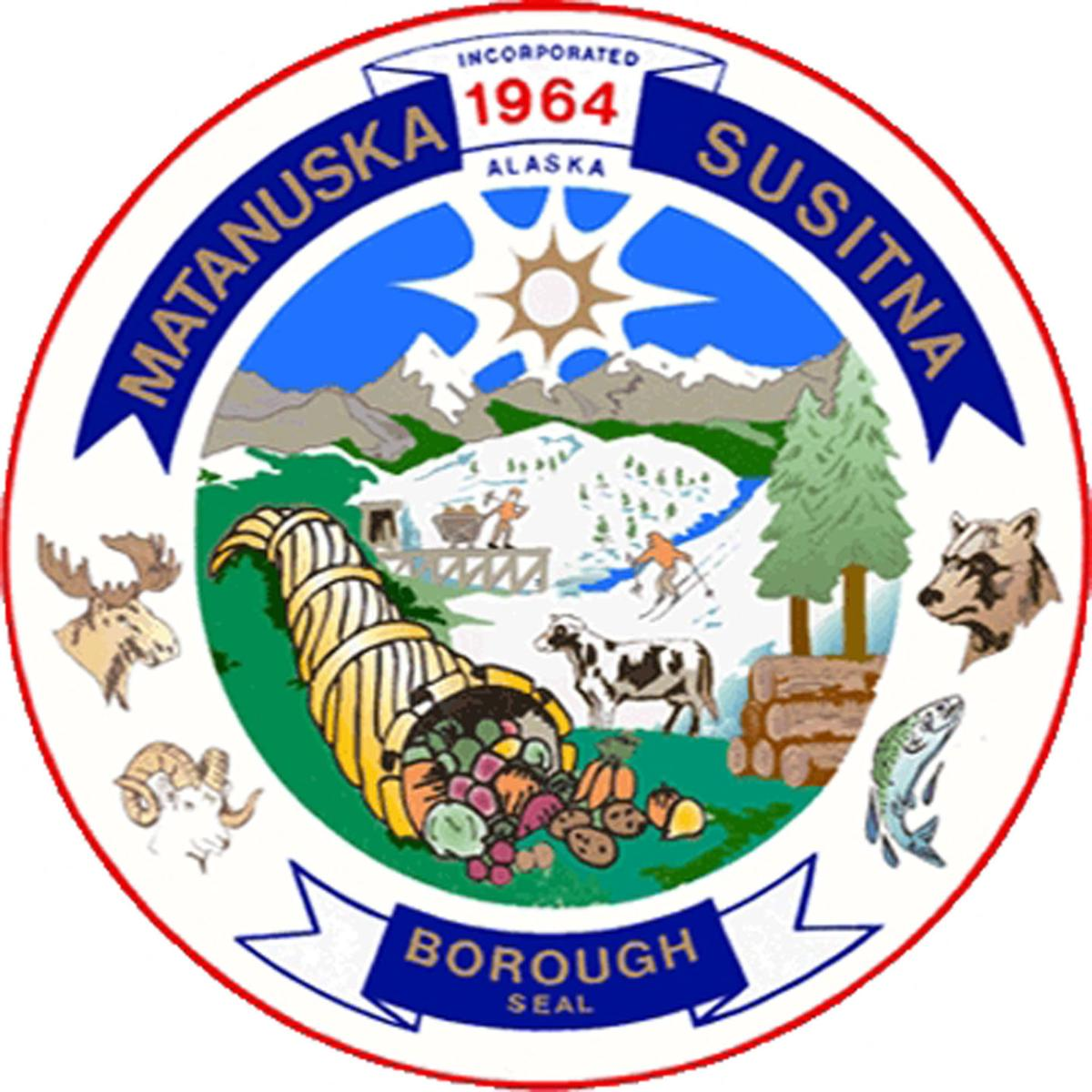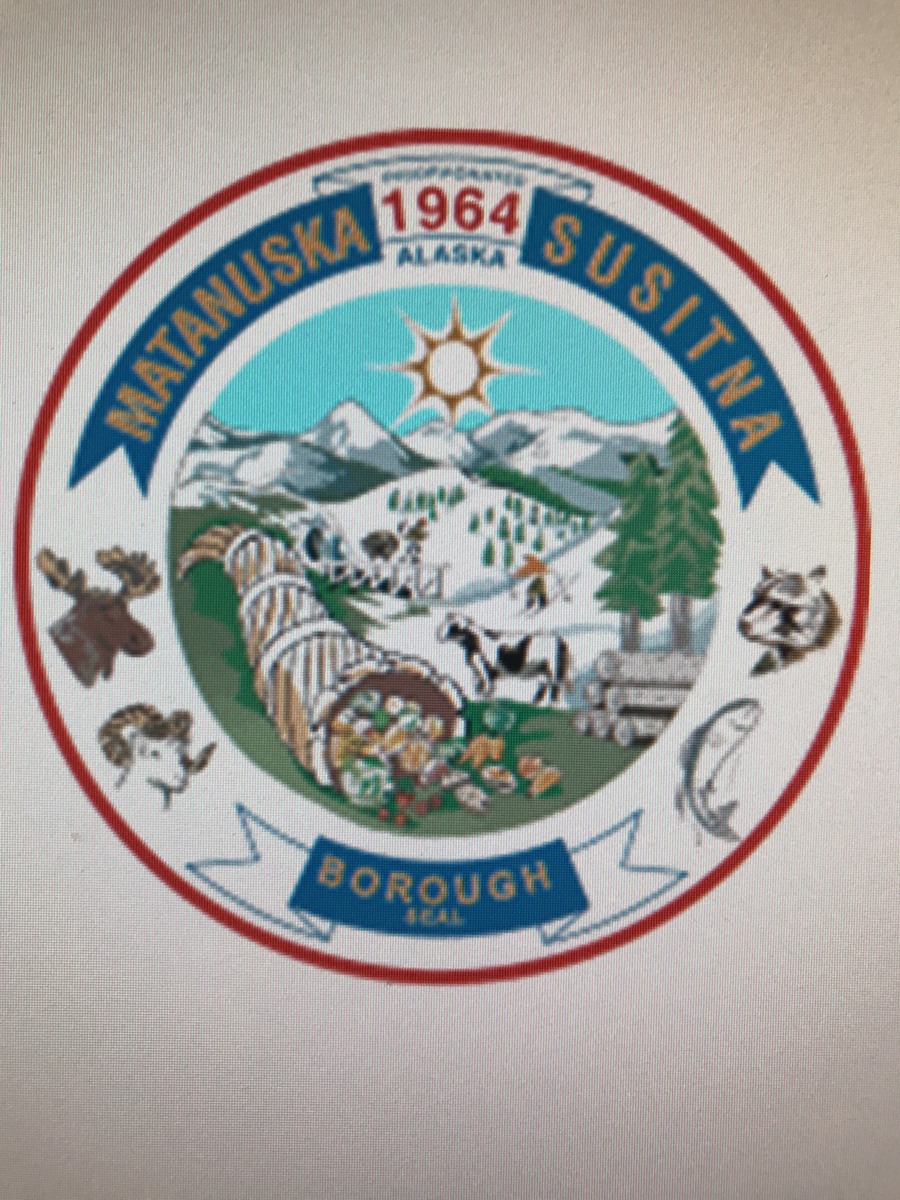Title Page
-
Contractor Name
-
Project Name
-
Project No.
-
Shift
-
Weather
-
Date
-
Prepared by
-
Location
Contractor's Equipment On-Site
-
Equipment
-
Description or Type
-
Size or Capacity
-
Hours
-
Worked
-
Standby
-
Down
-
Remarks
Contractor's Work Force
-
Work Force
-
Classification/Duties
Limit of Work and Material Placement
-
Please click on "Add" button
-
Bid Item No.
-
Description
-
Source (Limits)
-
From
-
To
-
Placement (Limits)
-
From
-
To
-
Approx. Quantity
-
Work Completed & Accepted
-
NARRATIVE (Include report of day's operations, contractor's production rates and efficiency, unusual conditions or problems encountered, orders given and received, discussions with contractor, etc.)
Photos
-
Click "Add" button to add photo
-
Upload Photo
-
Description
Completion
-
Inspector (Name and Signature)
-
Fish Passage Specifics
Preconstruction
-
Utility locates have been done
-
3rd party utility has been done
-
Inventory owner supplied and signed over to contractor
-
Monuments located and a plan to replace disturbed monuments made
-
Review dewatering and diversion plan with contractor and ADF&G
-
Ensure that contractor has adequate pump capacity, discharge hose, correct fuel types for pumps, extra suction hose gaskets, and backup stream diversion materials
-
Confirm that the fish resource permit has been obtained and review plan for relocating fish with ADF&G
-
Confirm that the contractor has obtained traffic control permit if required
-
Confirm source and vegetative mat
-
Confirm and review aggregate material sources and gradations
-
Confirm culvert alignment is staked as according to plans
During Construction
-
Review erosion and pollution control plan and confirm SWPP if >1 acre
-
Check grade elevation and slope of excavation prior to setting culvert
-
Check top of culvert placed at correct elevation and correct slope per drawings prior to filling with substrate
-
Prior to placement in culvert, inspect streambed infill materials at quarry or stockpile; check against design gradation, ensure that there’s enough fines to seal streambed during wash-in procedure
-
Check stream material is sufficiently sealed and water pools on surface prior to re-diverting the creek back into the culvert
-
Check that substrate has been sprayed down and discharge is clean and clear
-
Walk thru culvert and check substrate is firm (similar to the natural streambed)
-
Discuss plan to remove diversion
-
Discuss revegetation plan and revise where necessary; save undisturbed banks if possible
-
Check channel thalweg and bank elevations at culvert inlet and outlet
-
Check channel tie in location and elevation upstream and downstream
-
For culverts with streambanks constructed inside of the culvert, check that the banks are extended outside of the culvert 2xD100 minimum and tied into natural banks.
-
Check channel planform matches drawings
-
Check bankfull channel width and depth matches drawings
-
Check low flow channel width and depth matches drawings
-
Check channel dimensions upstream and downstream from culvert
-
Check rootwads or toewood constructed per plans or revise as necessary to adapt to site conditions. Check elevation of rootwads – centerline of bole at OHW or top of bole at bankfull
After Construction
-
Check embed depth of willow cuttings (min 2/3 in dirt) and trim as needed
-
Check live vegmat placed as noted on drawings
-
Check disturbed areas without vegmat have topsoil and been seeded
-
Check revegetation matches plans and discuss required watering going forward
-
Check volume of flow in culvert matches flow upstream (not losing water in the substrate)
-
Check rip rap collar placed as noted on plans.
-
Check rip rap in the collar has been filled with fines
-
Verify compaction methods are adequate and meet specs during backfill of the road prism.
-
Check minimum cover provided over culvert
-
Check roadway width and surface material
-
Check roadway grade if necessary
-
Check for correct installation of post-construction erosion and sediment controls.








